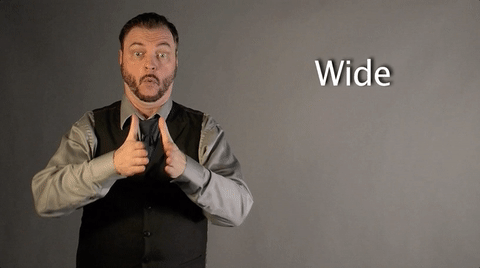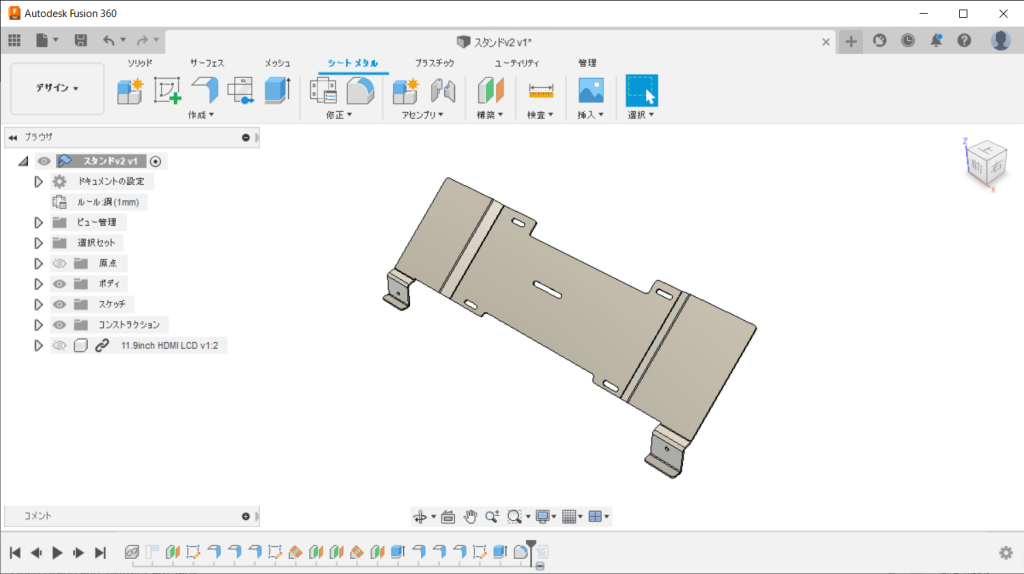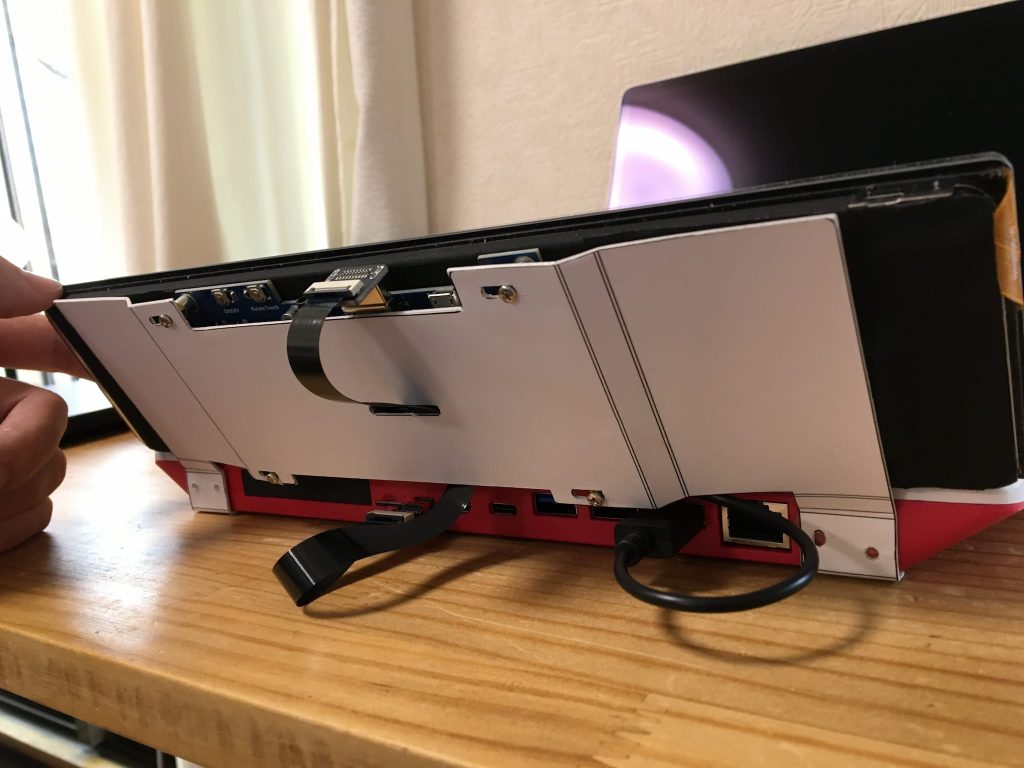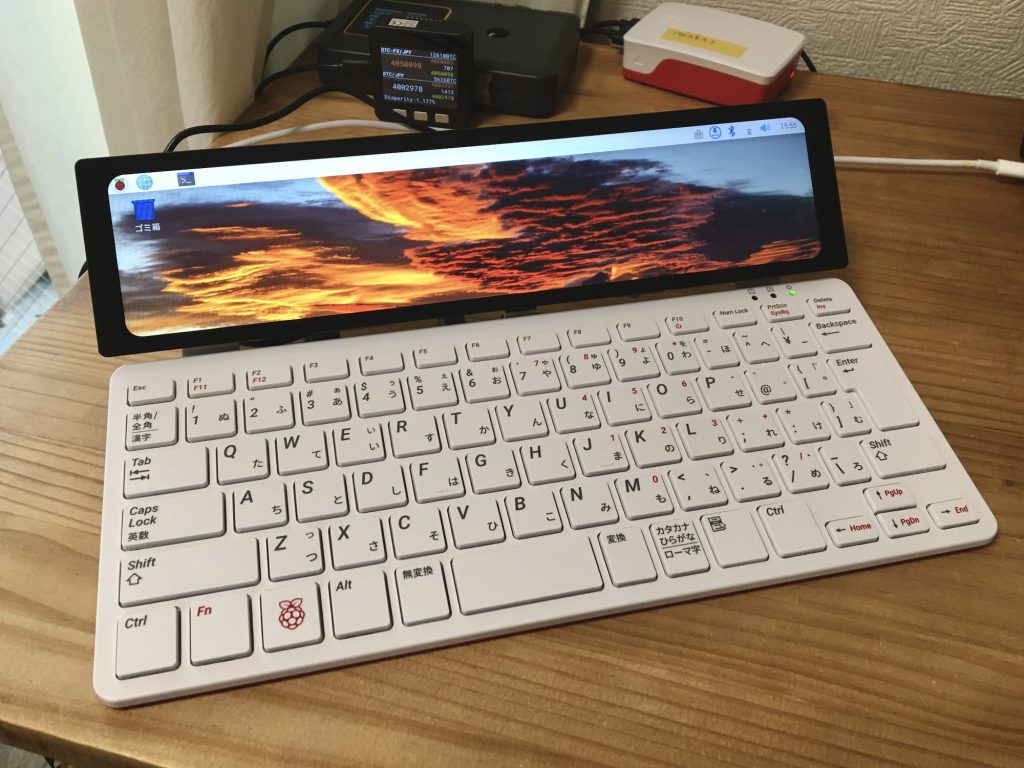Quick-and-Simple Raspberry Pi 400 Laptop with Touchscreen
on
Sasaki over at Switch Science decided that his Raspberry Pi 400 needed to be just that bit more portable. He happened to have a wide (and we mean wide) touchscreen, so he did as a hacker does: He made them talk to each other.
If you look at his projects page on Switch Science, you’ll know that Sasaki has never been one to let well enough alone. When he found himself with a wide, wide screen lying around, he decided that it just had to be paired with his screenless Raspberry Pi 400.
Now, we’ve lived through the transition from the old, squarish aspect ratio of 1.33:1 (4:3) to the current 1.78:1 (16:9) wide screens, and nowadays, one can even find computer monitors with “astonishing” aspect ratios of 21:9 and 32:9. The latter boast width-to-height ratios of 2.33 and 3.56, respectively, but they still pale in comparison to Sasaki’s choice: A 1480×320 Waveshare 11.9inch Capacitive Touch Screen LCD, whose width-to-height comes in at 4.625!


Eventually, it would go to a sheet metal cutting and bending service, but, not one to waste resources, Sasaki prototyped the prototype by starting with paper stuck to cardboard.

Perfect. The final product is unlikely to be found on your CFO’s desk any time soon (wait, you do get really wide spreadsheets, right?), but the Raspberry Pi 400 Touchscreen laptop certainly is an eye-catcher.

Sasaki has provided a detailed description of the build process for the Raspberry Pi 400 touchscreen on his project page. If you don’t read Japanese, it’s well worth your time to hit that “Translate” button to get down into the details on this little bit of ingenuity.



Discussion (0 comments)